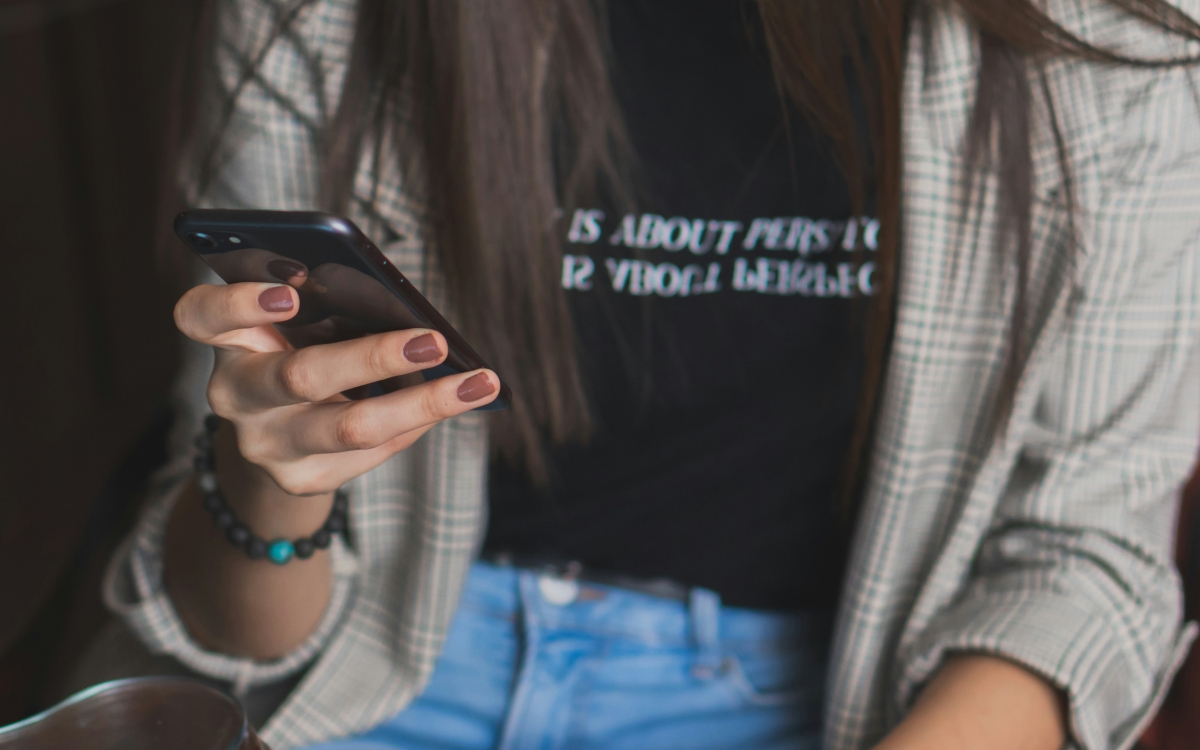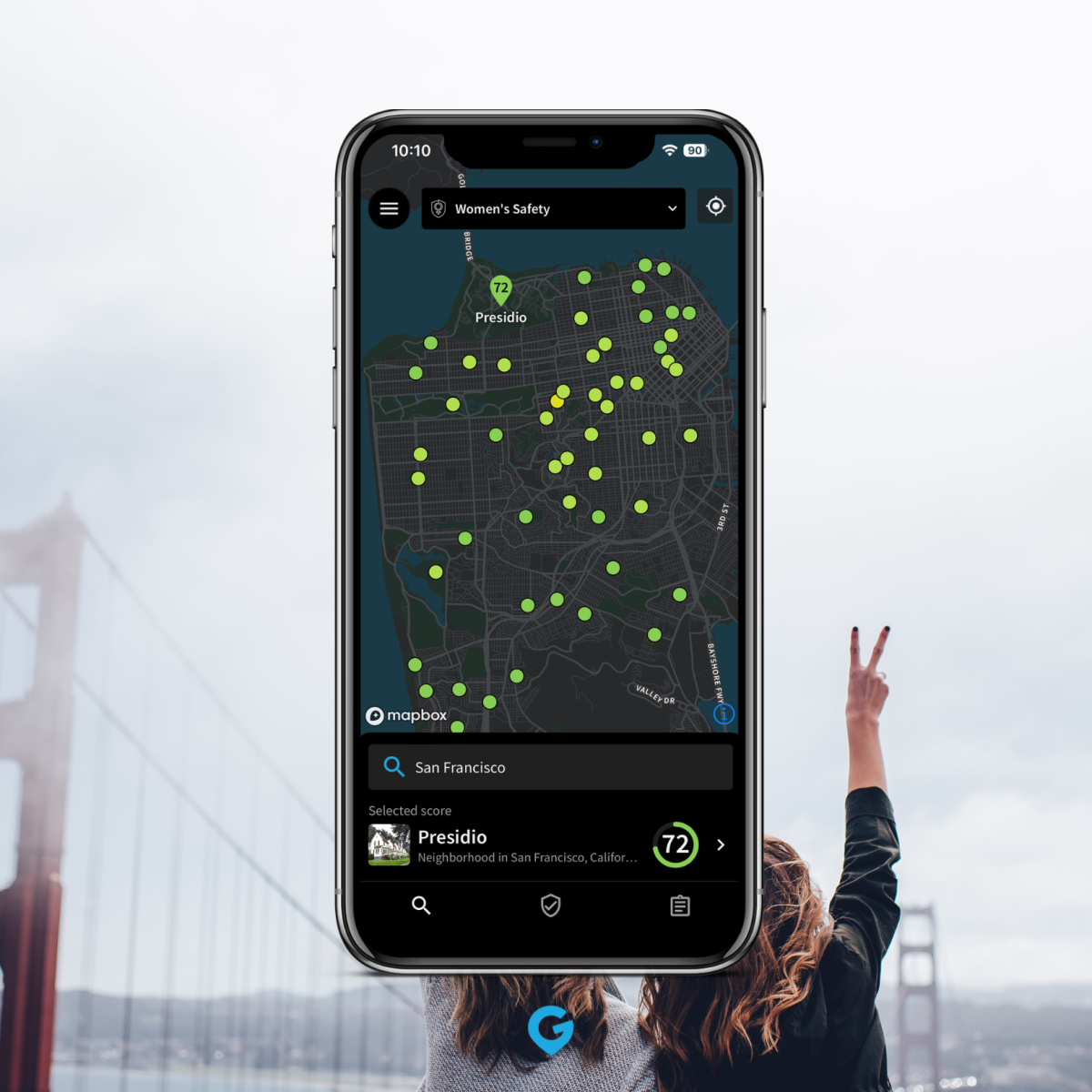Mar 07, 2024
At GeoSure, we always consider things at the macro level first. For example, the way we present our data, the map provides a bird’s-eye view of your surroundings. Events that occur on the micro level get fed into our algorithms in the form of nodes and datum. Of course objective data isn’t 100% perfect, but by constantly sourcing and analyzing incidence and prevalence statistics and forecasts, we’re able to bring you real-time insights into the neighborhoods you live in and visit.
We know though that objectivity can only get you so far, and that safety is very much a matter of perception — qualitative, as opposed to pure quantitative. Consider how we talk about safety, the language we use: as often as not, we talk about “feeling safe,” as opposed to “being safe.”
Embedded in this idiomatic tic is a kernel of wisdom: You only are safe if you feel safe, no matter what the data might show. And when it comes to explaining why you feel unsafe, sometimes it’s hard to pin a exact number on it (although you can using GeoSure apps). On an individual level, that has more to do with an impressionistic combination of perception and mindset, and less to do with statistics and data analysis. That’s why we welcome user insights, incorporating your own real-time scores into our safety data, to balance the objective reality with the subjective truth.

A recent study published by BYU set our minds racing in this direction. Researchers showed 600 college-age students a series of pictures, each depicting a place they might find themselves walking at night — a city street, a campus foot-path. They were asked to imagine what that might feel like — being in that environment at that time of day. Then they were asked what stood out to them in those pictures? Where did their eyes go?
The results aren’t very surprising. Men and women have a very different way of looking at the world. The men felt safer and less vulnerable, focusing straight ahead and anchoring their eye-line to a fixed point in the distance — a streetlight, a garbage can; on the other hand the women felt more insecure, looking for immediate threats, eyes darting toward the periphery of the images, the dark alleys, the shadowy recesses, the dense bushes someone might be hiding behind.

These kinds of fears can keep safe neighborhoods needlessly empty; in safer-seeming locations, they can also create a false sense of complacency. Bottom line: looks can be deceiving, and just because you perceive a threat doesn’t mean it’s there – the same way a threat can be hiding around the any corner, even one that appears to be totally innocuous.
Our goal at GeoSure is to make it possible for everyone – especially members of vulnerable populations – are able to move through the world with more confidence and a greater sense of security by giving them something to rely on besides their perception and intuition. We’ve long understood that the safety needs of people who identify as female are unique, and that we needed to take a different approach in developing a metric that quantified just how secure they were in any given location.

Our Women’s Safety scores reflect that understanding, bringing in unique data sets that reflect women’s experiences and concerns. For example, the Women’s Safety score incorporates things like how well-lit sidewalks are, and the accessibility (and affordability) of transportation options in any given neighborhood. Likewise our LGBTQIA+ Safety score reflects trends in public sentiment toward this community; it also factors in whether there are safe spaces in any given neighborhood (LGBTQIA+ friendly businesses, hotels, restaurants, for example). And much more.
That– could explain why women, large brands, LGBTQ+ and - communities have been the earliest adopters, but we imagine a future in which checking your area’s GeoSure score becomes part of our everyday behavior, a resource we turn to whether we feel safe – or not.